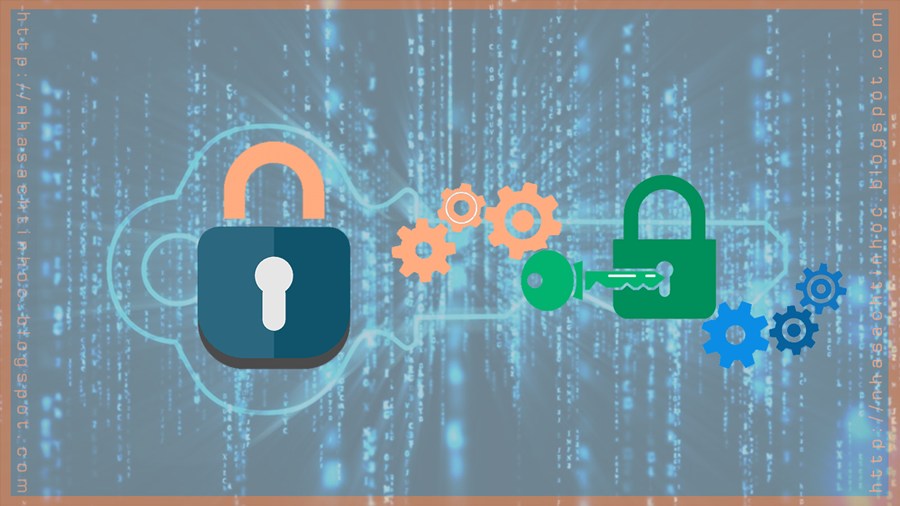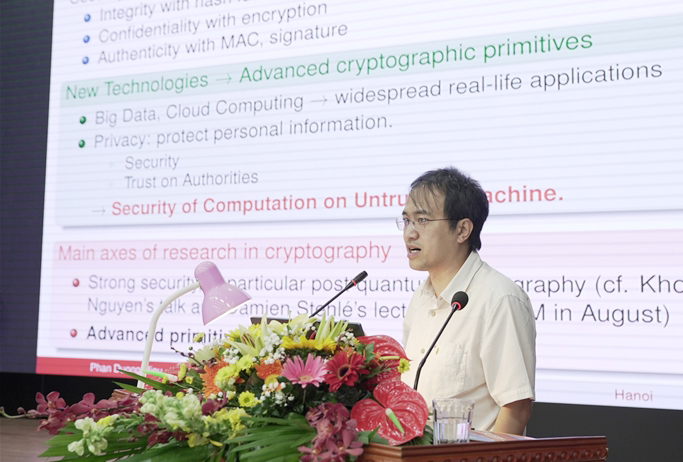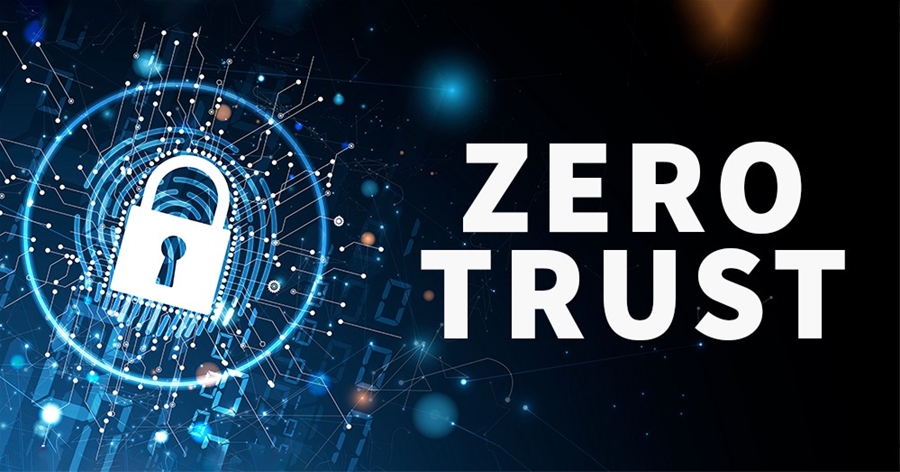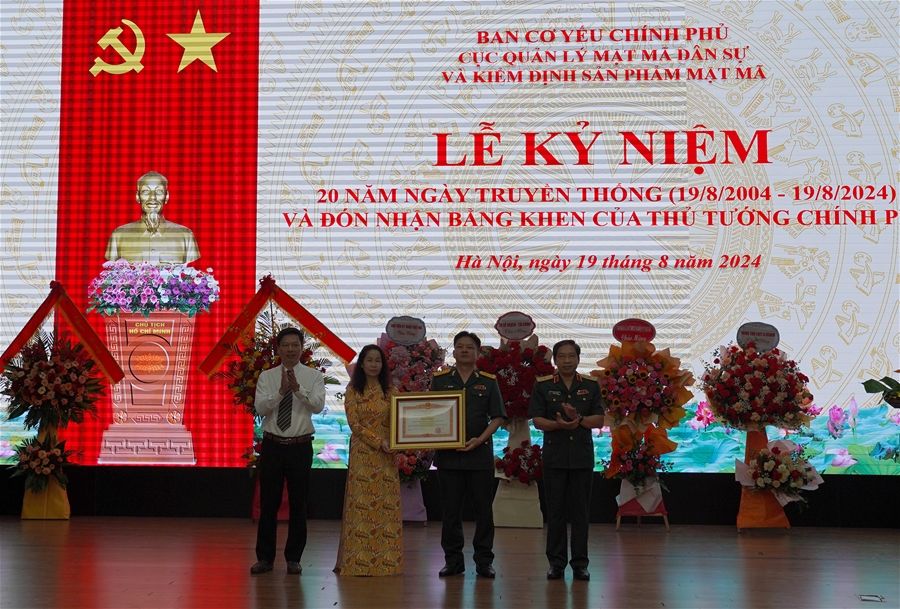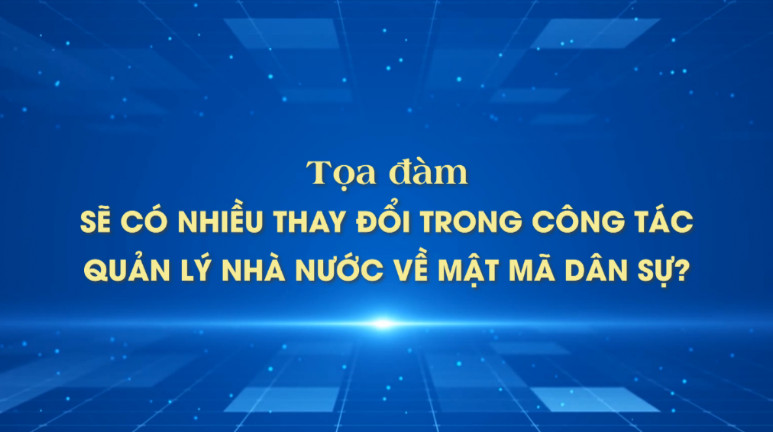Số nguyên tố an toàn trong các giao thức DH-KE
Abstract—The generate of “safe” primes p, where all prime divisors of p-1 are large prime divisors, is essential to avoid small subgroup attacks which are point out by two authors Chao Hoom Lim and Pil Joong Lee. An existing algorithm for generating such primes has also been presented by these two authors. However, the drawback of that method is that the algorithm does not always return safe prime numbers. Part of the reason for this is that the algorithm is not (and hardly) be thoroughly analyzed and evaluated mathematically. Therefore, the main purpose of this paper is to propose a new algorithm for generating safe prime numbers, including detailed mathematical evaluations.
|
Tài liệu tham khảo [1] S. C. Pohlig and M. E. Hellman (1978), An improved algorithm for computing logarithms over GF(p) and its cryptographic significance, IEEE Trans. Inform. Theory, IT-24 (1), pp.106-110. [2] C. Lim and P. Lee (1997), A Key Recovery Attack on Discrete Log-based Schemes Using a Prime Order Subgroup, EUROCRYPT 1997. [3] J.M.Pollard (1978), Monte Carlo methods for index computation (rood p), Math. Comp., 32(143), pp.918-924. [4] FIPS PUB 186-3 (2009), Digital Signature Standard (DSS), https://csrc.nist.gov/csrc/media/publications/fips/186/3/archive/2009-06-25/documents/fips_186-3.pdf, Accessed on 10/9/2020. [5] T. Matsumoto, Y. Takashima and H. Imai (1986), On seeking smart public-key distribution systems, The Transactions of the [EICE of Japan, E69, pp.99-106. [6] FSF, Gnu privacy guard, http://www.gnupg.org/, Accessed on 10/9/2020. [7] Gutmann. P, cryptlib, https://www.cs.auckland.ac.nz/~pgut001/cryptlib/, Accessed on 10/9/2020. [8] PGP. I, OpenPGP, https://www.openpgp.org/, Accessed on 10/9/2020. [9] MIRACL, MIRACL Cryptographic SDK, https://github.com/miracl/MIRACL, Accessed on 10/9/2020. [10] Rechard Crandall, Carl Pomerance (2005), Prime Numbers: A Computational Perspetive, Springer, https://www.springer.com/gp/book/9780387252827, Accessed on 10/9/2020. [11] Nguyễn Quốc Toàn, Đỗ Đại Chí, Triệu Quang Phong (2016), Về một tiêu chuẩn tham số cho bài toán logarithm rời rạc, Nghiên cứu Khoa học và Công nghệ trong lĩnh vực An toàn thông tin, ISSN 2615-9570. No 02. Vol 01. 2016. |
Thông tin trích dẫn: Nguyễn Thanh Sơn, “Số nguyên tố an toàn trong các giao thức DH-KE”, Ấn phẩm Khoa học và Công nghệ trong lĩnh vực An toàn thông tin, Tạp chí An toàn thông tin, ISSN 2615-9570, Vol. 11, No. 01, 2020, pp. 23-31.
Nguyễn Thanh Sơn





